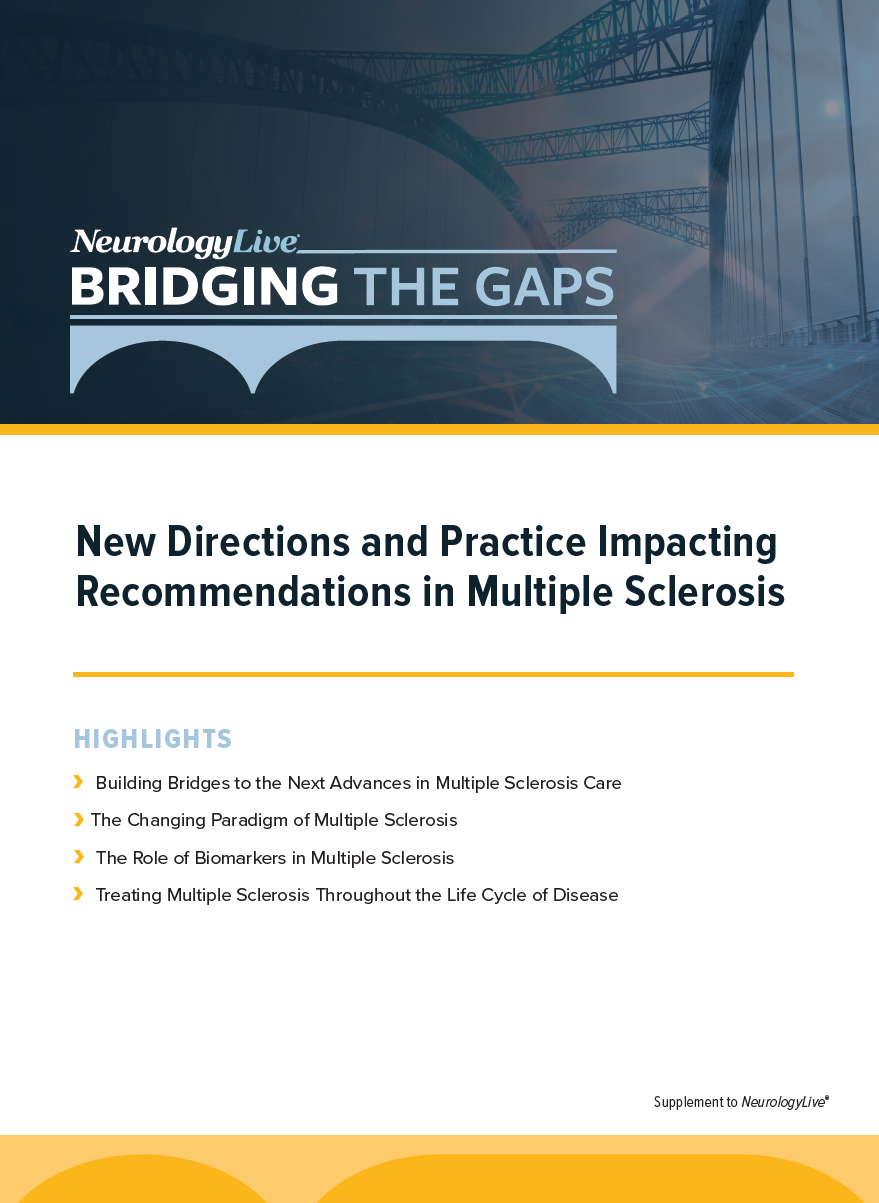Understanding Multiple Sclerosis and Its Complexities
Multiple sclerosis (MS) is an immune-mediated condition that attacks the central nervous system (CNS) and is most commonly diagnosed in individuals between the ages of 20 to 40. At the cellular level, the interaction between immune cells like T cells and B cells and CNS cells such as neurons and oligodendrocytes plays a pivotal role in the progression of the disease. This interaction results in two primary biological processes: inflammation leading to relapses and neurodegeneration leading to gradual disability.
The Dual Nature of MS: Activity and Progression
MS manifests in two distinct ways: as relapses characterized by acute neurological events and new MRI-visible lesions, and as a slow accumulation of disability evidenced by brain atrophy. Although these aspects of MS might seem separate, they actually occur concurrently throughout a patient’s life. Typically, younger patients experience more inflammation-driven relapses, whereas older patients may see an increase in progressive disability due to reduced neurological repair capacities.
Shifting Treatment Paradigms Across the Disease Spectrum
Initially, MS treatments primarily target inflammation which is prevalent in younger patients. As the disease progresses, the focus shifts towards managing the neurodegenerative aspects, which become more dominant. This shift necessitates therapies that can cross the blood-brain barrier to directly impact CNS pathology. Current therapies include a range of drugs from interferons and monoclonal antibodies to newer agents capable of influencing both peripheral and central disease mechanisms.
By understanding and treating MS as a spectrum that encompasses both inflammatory and neurodegenerative processes, clinicians can tailor therapies to the changing needs of patients as they age. This comprehensive approach not only aims to manage symptoms but also to slow disease progression and improve quality of life over time, addressing the full lifecycle of the disease with precision and empathy.
